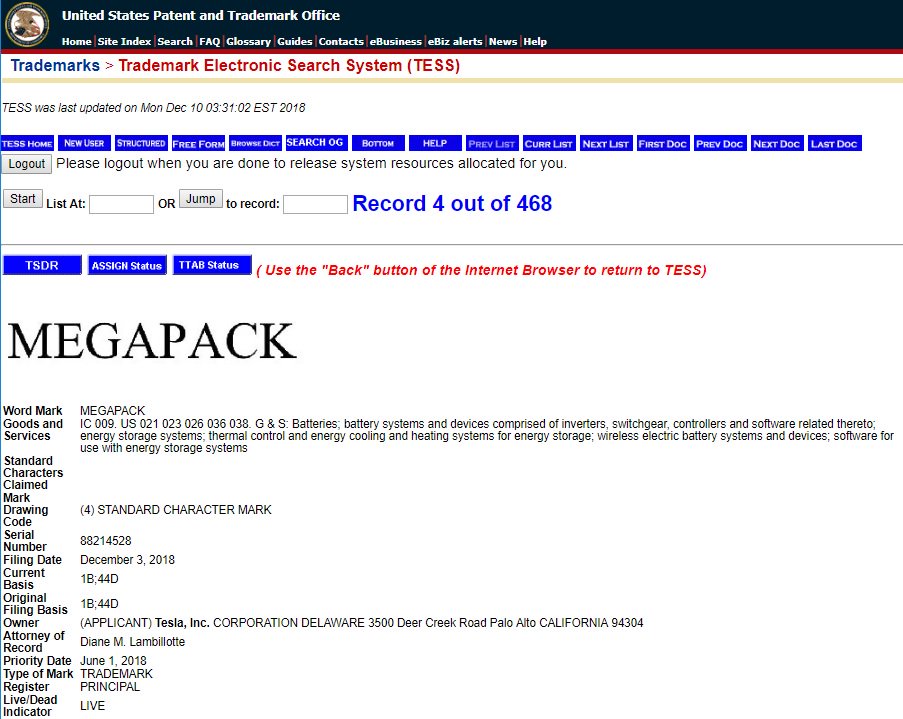Carl Raymond
Active Member
I'm going to repeat KarenRei and ask that people who don't understand refrain from speculating on the use of ultracaps.
Much like how you don't use all available power to accelerate a car during normal driving, you won't need max regen capability to slow it down (usually tens of KW's). The efficiency of the regen is in the motor efficiency itself and not the batteries. Capicators won't solve it. In a racetrack environment, then you might have a point, but that's not what you said.
Edit: removed cruft.
So you are saying that motor (generator) efficiency is around 90 percent when transferring electrical energy to the wheels, but only around 50 percent efficient when the wheels transfer energy back to electrical. Why such a big difference?






